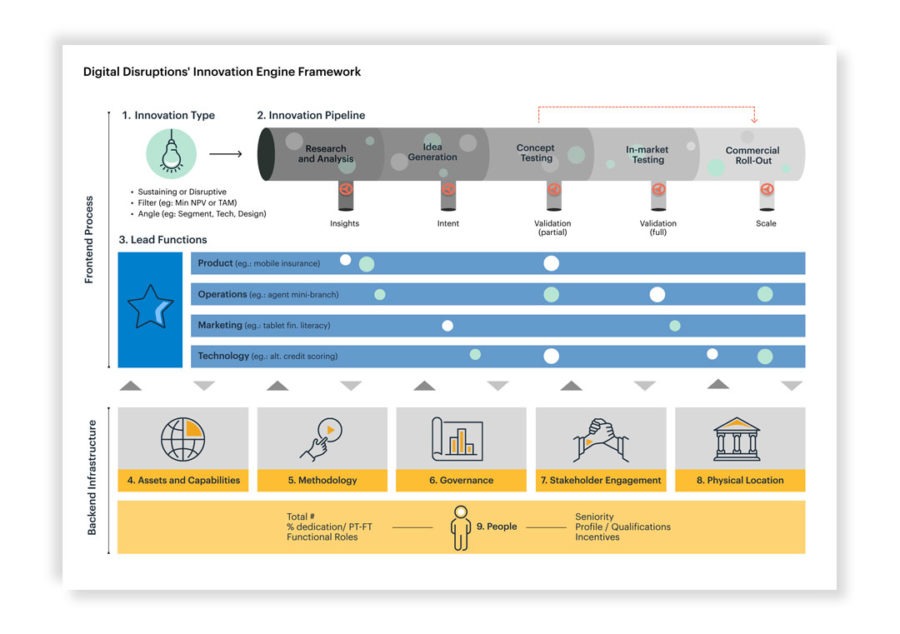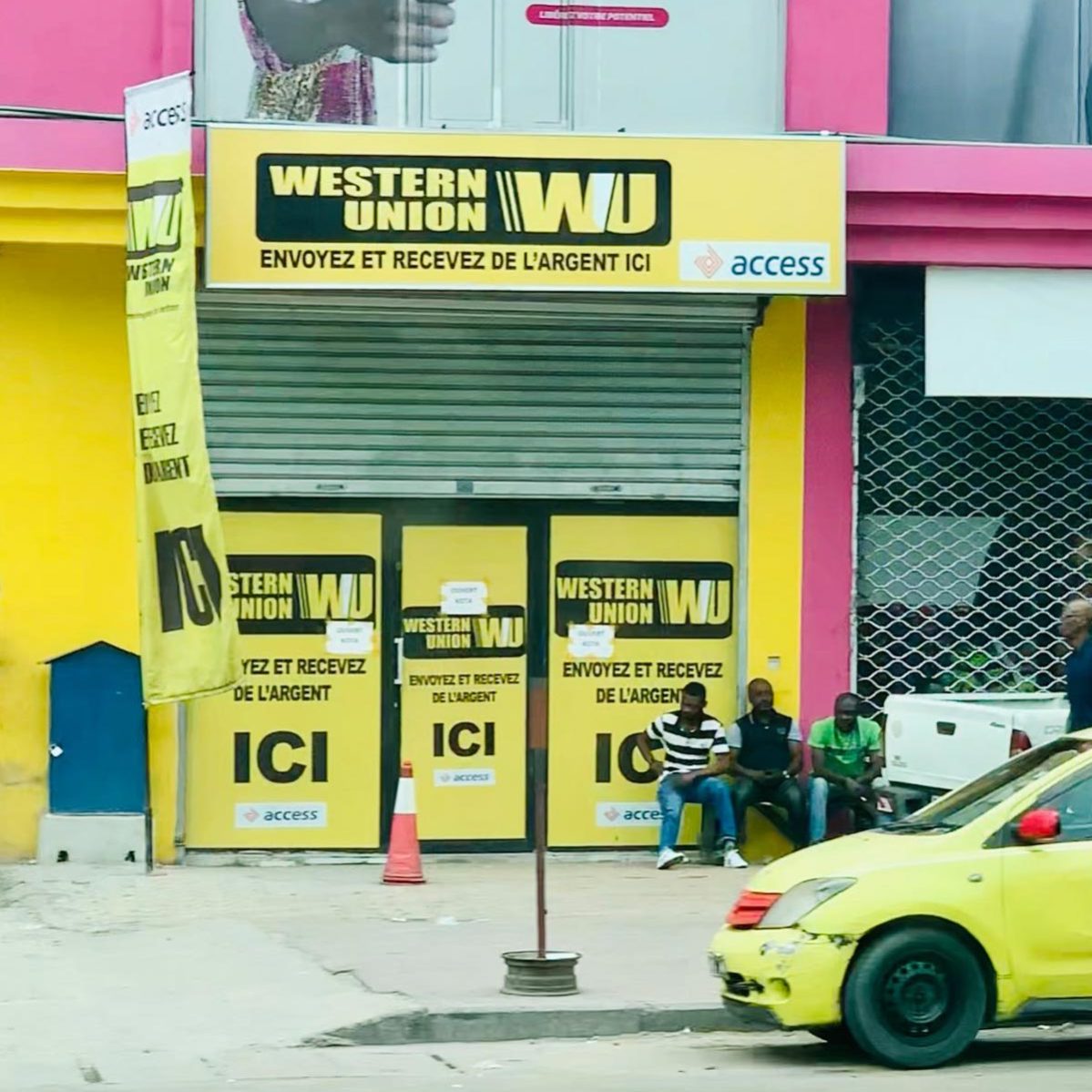Scoping a Design Lab for a leading regional bank in Asia-Pacific

|
Client Partners
|
Bank of South Pacific, United Nations Capital Development Fund |
|
Markets
|
|
|
Methods
|
|
The Bank of South Pacific (BSP) is a regional bank with a presence in 7 countries in the region. In the Solomon Islands, it had launched an agent banking program and was interested in building a “Design Lab” to conceptualize and launch further digital innovations, particularly given local market dynamics and constraints with limited technology resources at its headquarters. With support from the United Nations Development Fund, Digital Disruptions was brought on board to perform due diligence on BSP's agent banking program and provide guidance on structuring its Design Lab.

Approach & Outcome
Digital Disruptions’ first step was assessing the bank’s innovation capability using our in-house Product Development Diagnostic tool. This process involves interviews with bank staff covering topics on five key dimensions: process, structure, culture, people, and executive support.
We then used our Innovation Engine framework to design a Design Lab suited for the bank’s needs. The framework is comprised of nine key building blocks, including type of innovation, functional area, assets and capabilities, and governance.
Based on the diagnostic results as well as the aspirations and capabilities of the bank, we designed contours for a Design Lab that would help meet the local bank’s needs to systemize its innovation process while also recognizing its resource limitations.
We used Digital Disruptions in the initial scoping exercise for setting up a Design Lab with one of our commercial bank partners. The consultants took a collaborative approach and had a good relationship with both the bank executives and the UNCDF team. I would recommend Digital Disruptions for any projects involving setting up a Design Lab.
 Krishnan Narasimhan
Krishnan Narasimhan
Deputy Program Manager,
United Nations Pacific Financial Inclusion Program
Next Case Study
Implementing a quantitative consumer survey on remittances
United Nations Capital Development Fund (UNCDF),
Human Rights Commission (UNHCR)
Democratic Republic of the Congo
Conducting a demand-side survey on domestic and international money transfer usage among forcibly displaced persons as well as identifying supply-side and regulatory obstacles.

